Hair Loss Causes And How To Distinguish?
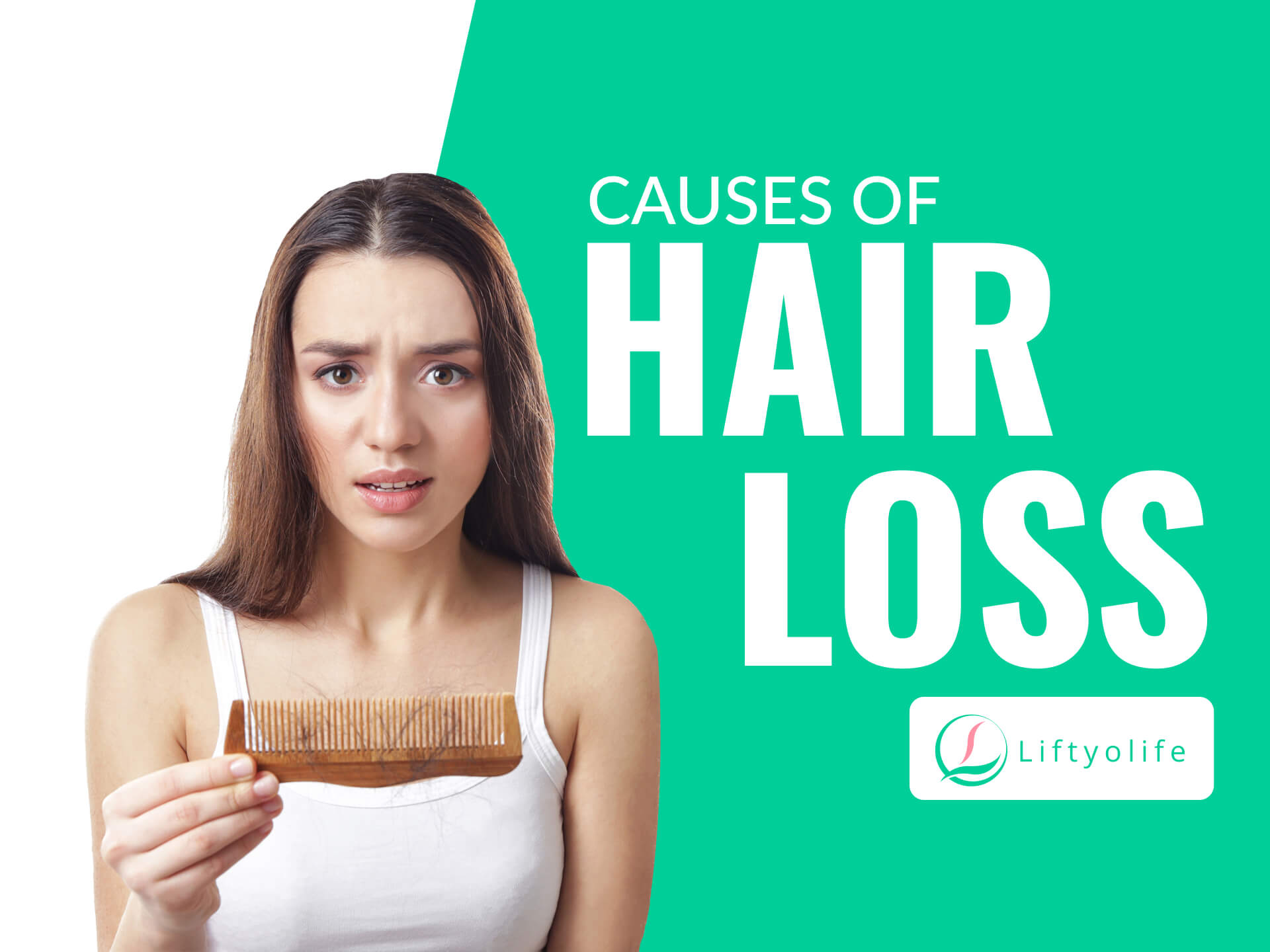
Hair loss is a condition that occurs when the amount of hair that falls out exceeds the amount of hair that grows on a daily basis. So, what are hair loss causes? Find out the exact reason why your hair falls out with Liftyolife (liftyolife.com).
1. Distinguish physiological and pathological hair loss
Physiological hair loss: A healthy person can lose up to 100 hairs per day. New hair replaces typically lost hair, ensuring that the hair maintains a stable thickness.
Pathological hair loss: it will occur when the rate of hair loss is over 100 hairs per day. Some symptoms of pathological hair loss include:
- Hair loss is severe (over 100 hairs per day), especially when washing, brushing, and combing hair, with more hair attached to it than usual.
- When your hair grows, it may become weak, thin, curly, or even fall out.
- Women with light, sparse hair can see their scalp.
- Hair loss occurs in patches, which can result in mild male pattern baldness.
2. Hair loss causes

Hair loss causes
The cause of hair loss is a hormonal imbalance in men and women, stress, genetic factors, a lack of nutrition, and the abuse of beauty chemicals, etc. However, the following medical conditions can cause hair loss include:
2.1. Thyroid disease – most common hair loss causes
Hair failure is a common symptom of thyroid disease. When the thyroid hormone level is out of balance, it interferes with metabolism, resulting in many inactive hair follicles, from which hair grows less and thinner.
2.2. Scalp infections
Hair fungus is the most common cause of scalp inflammation, infection, and other symptoms. This fungus is parasitic on the dead cells of the hair and quickly spreads to the entire scalp, causing hair to thin and fall out. If not completely treated, the disease can cause hair loss in large patches and eventually baldness.
2.3. Polycystic ovary syndrome
Polycystic ovary syndrome (PCOS) can cause a hormonal imbalance in which the body produces too many male hormones rather than female hormones. This disease frequently results in significant hair loss and excessive growth of the face and other body parts’ hair.
2.4. Anemia
To have strong hair, the process of growing hair consumes a lot of nutrients. On the other hand, women frequently lack blood and essential nutrients such as zinc, protein, and iron due to menstruation, pregnancy, childbirth, or inadequate food parcels.
When the nutritional content is insufficient, the hair germs are deprived of nourishment, lose vitality, grow slowly, and fall out more quickly than usual.
3. Type of hair loss
3.1. Androgenetic Alopecia
Androgenetic alopecia is a genetic hair loss condition that affects both men and women. This condition resulted in M-shaped pattern baldness in men and hair loss in women. Hair typically falls out and thins out between the ages of 12 and 40 in both sexes. More than 50% of the population has this phenomenon before the age of 50.
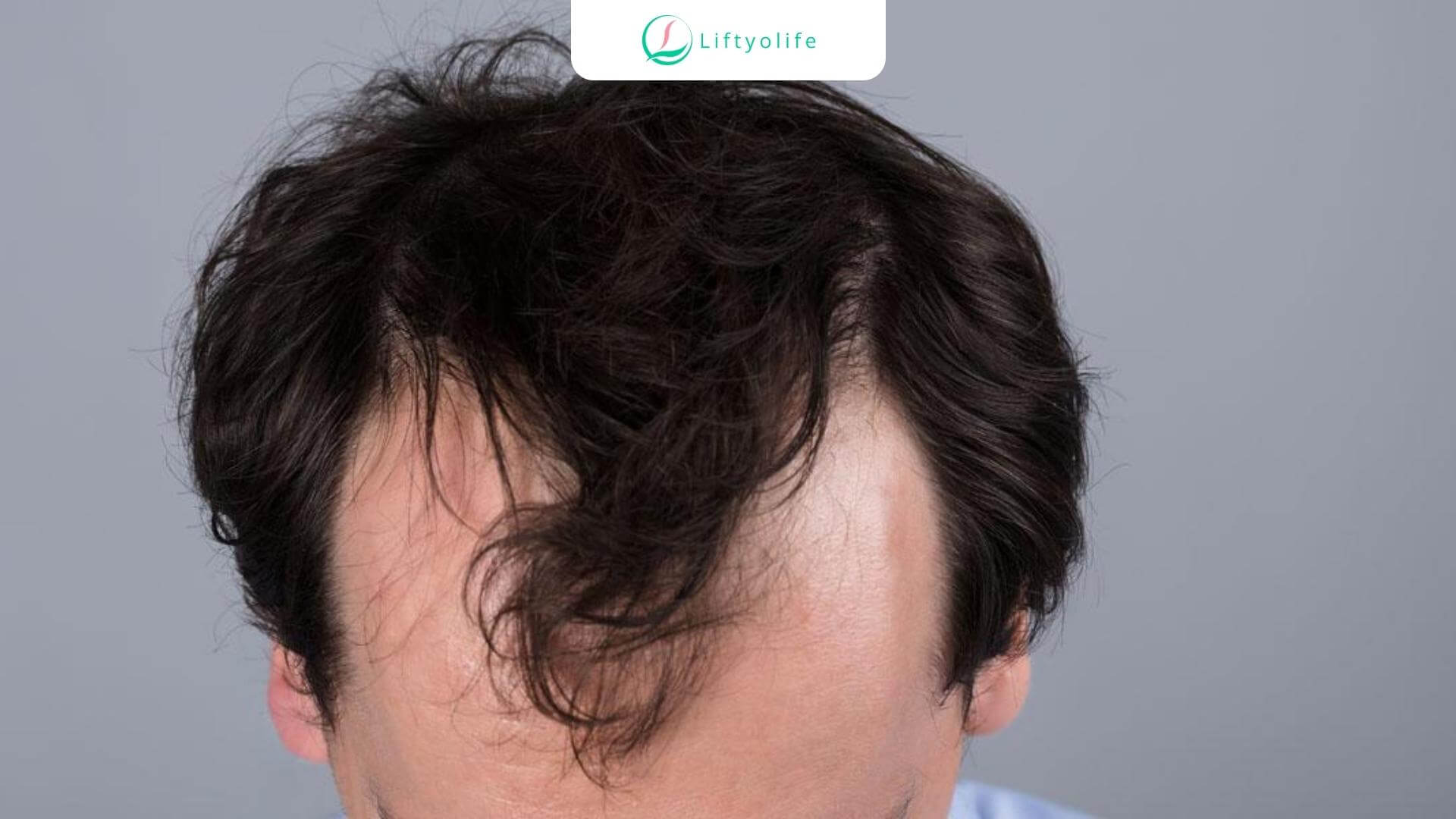
Androgenetic Alopecia
3.2. Telogen Effluvium
Telogen Effluvium (TE) is the second most common form of hair loss diagnosed by dermatologists. This hair loss occurs when the number of hair follicles growing into the hair changes.
Telogen alopecia usually presents with a thinning of hair on the scalp. It can become more severe in some regions of the scalp. Usually, hair on top of the scalp tends to be thinner than the sides or back of the scalp.
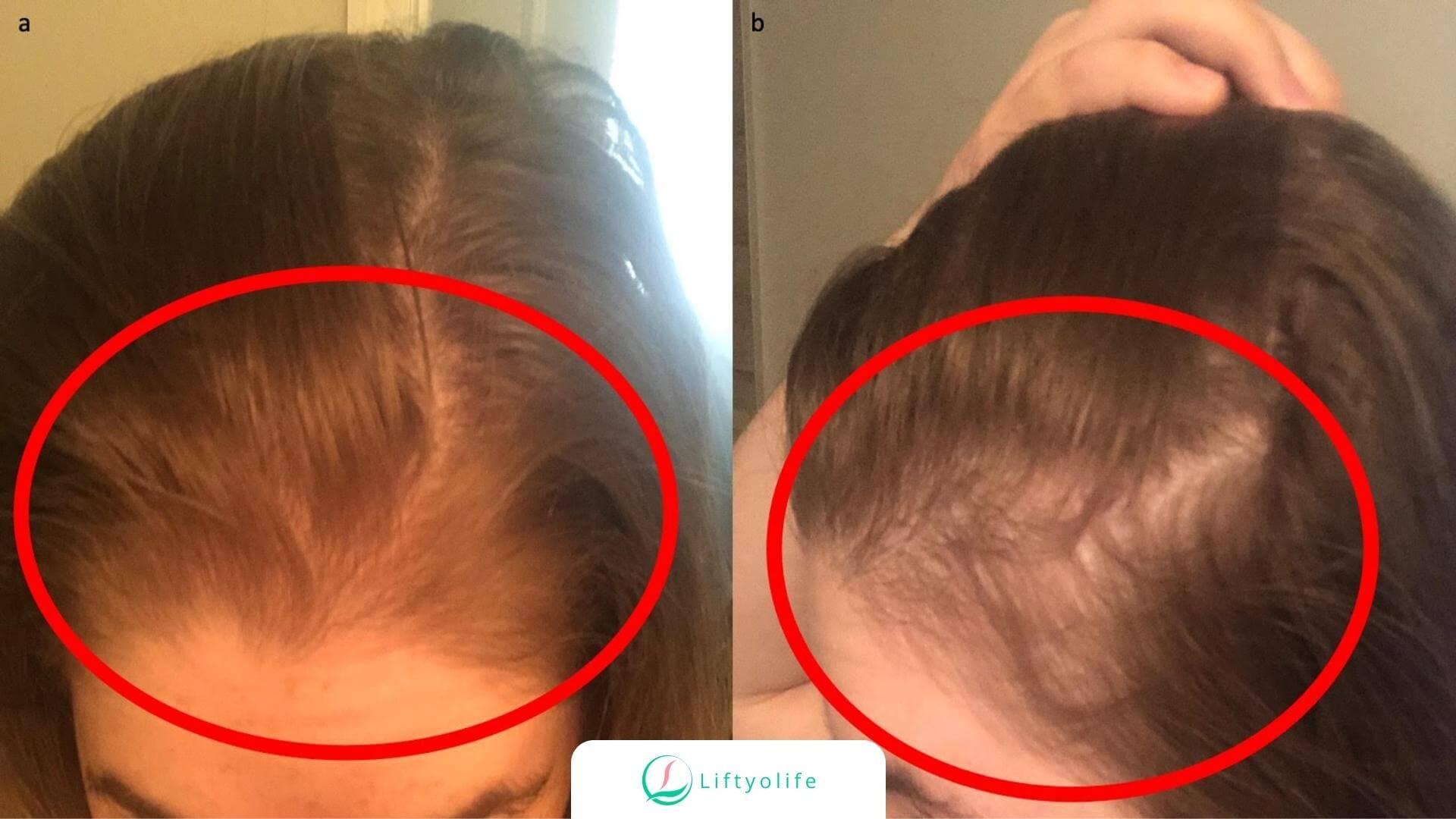
Telogen Effluvium
3.3. Alopecia Areata
Alopecia areata is a condition in which patients’ hair falls out in small patches that are difficult to notice. This type of hair loss occurs when your immune system attacks the hair follicles, causing the hair to fall out.
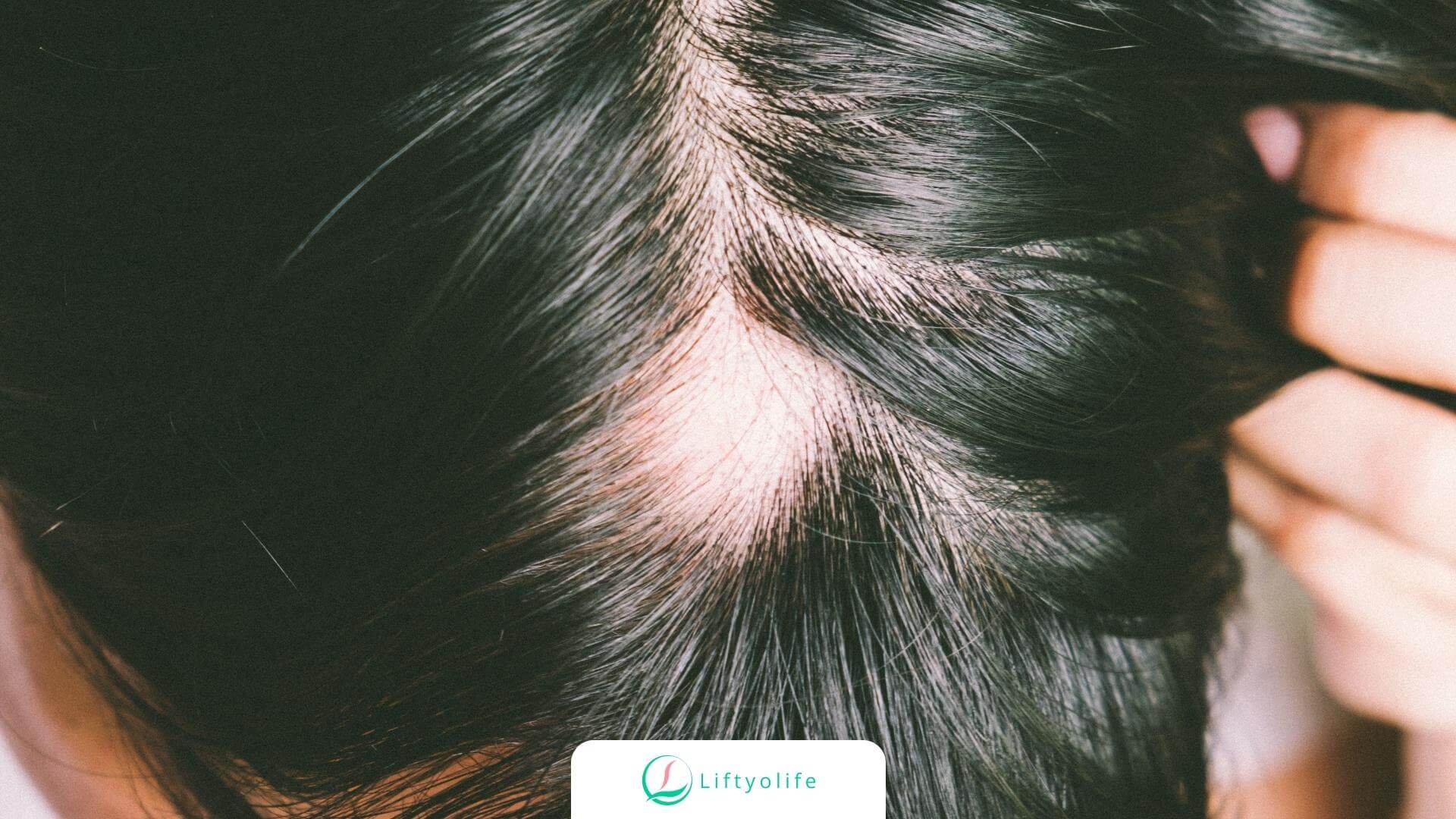
Alopecia Areata
3.4. Trichotillomania
Trichotillomania is a type of psychiatric impulse-control disorder. In this syndrome, the patient frequently pulls hair out of areas such as the scalp, eyebrows, and eyelashes. Trichotillomania affects 1–2% of the world population in men and women of all ages, but it is more common in children, particularly before school and during adolescence and puberty.
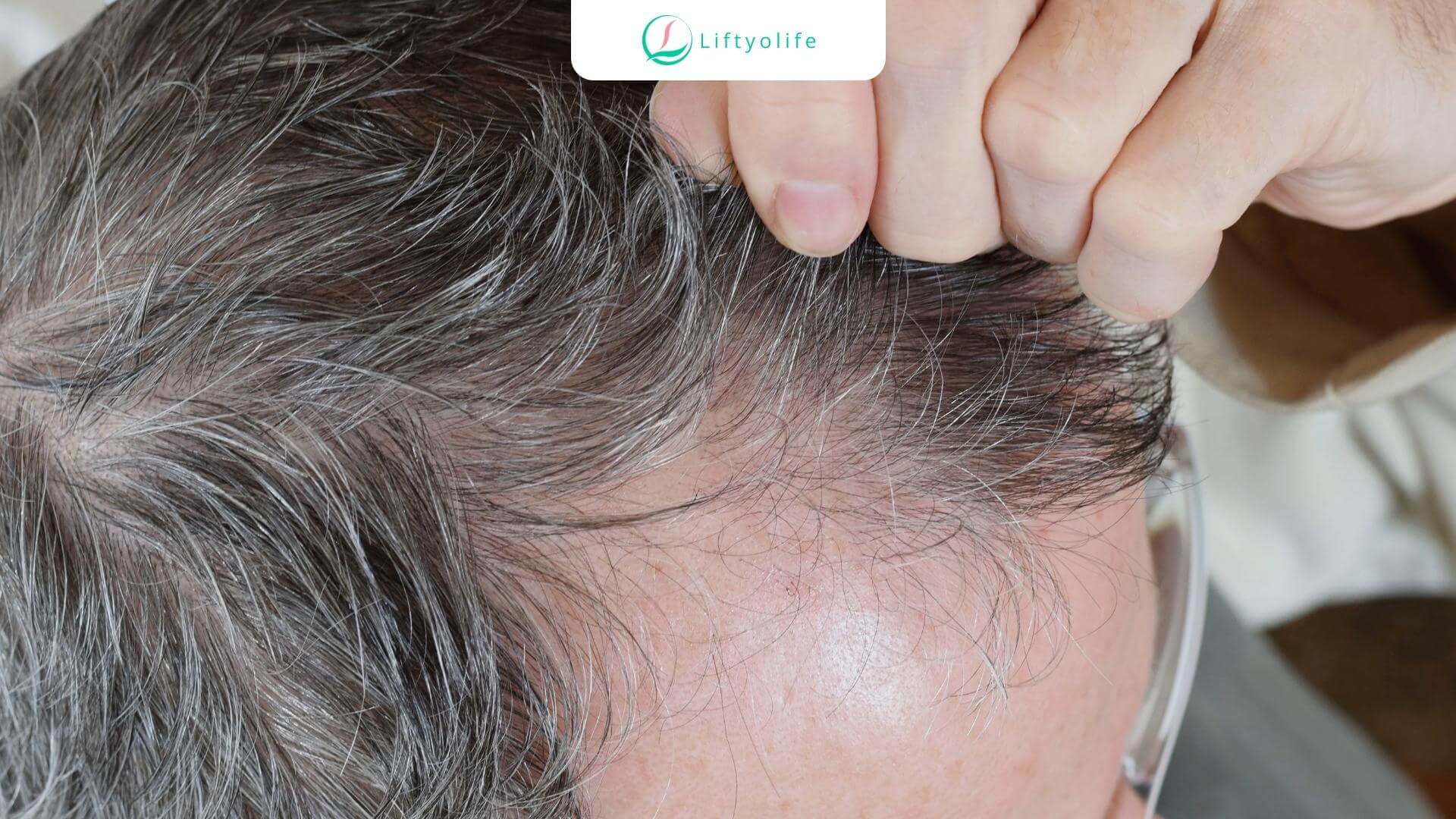
Trichotillomania
3.5. Traction Alopecia
Traction alopecia is a hair loss caused by pulling hair continuously for an extended period, especially ponytails, cornrows, and other similar styles. This type of hair loss is more common in women, accounting for 37% of all cases.
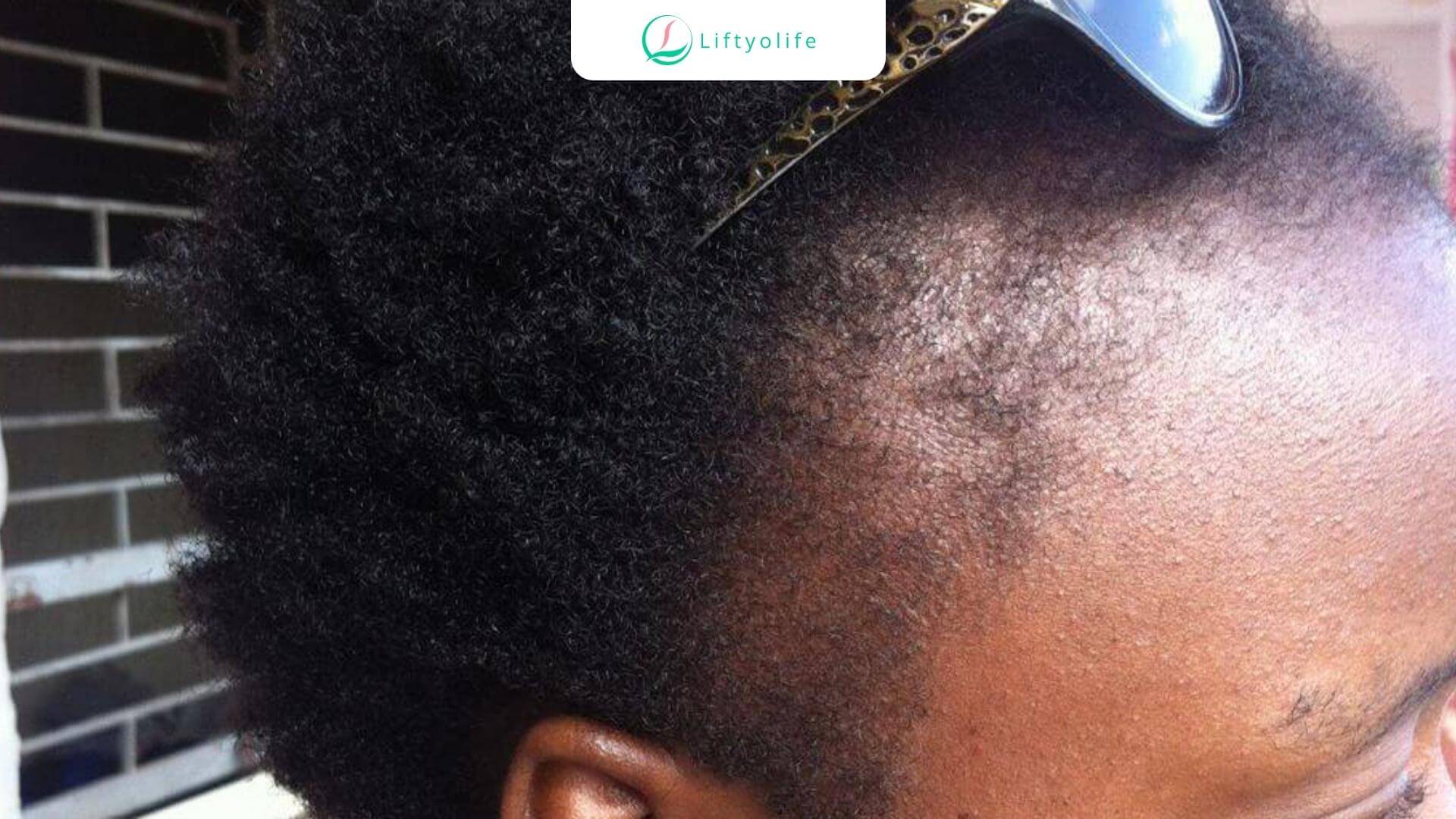
Traction Alopecia
3.6. Tinea Capitis
Tinea capitis is a scalp infection caused by filamentous fungi of Trichophyton and Microsporum. Scalp fungus causes itching, flaking, and hair loss, harming patients’ aesthetics and quality of life. Many cases of a scalp fungus, including children, go untreated, resulting in severe inflammation, hair loss, and permanent scarring.

Tinea Capitis
3.7. Cicatricial Alopecia
Cicatricial Alopecia is hair loss accompanied by destruction or loss of hair follicles. The patient also has red papules, red patches, hair follicles, or pustules when the disease is severe.
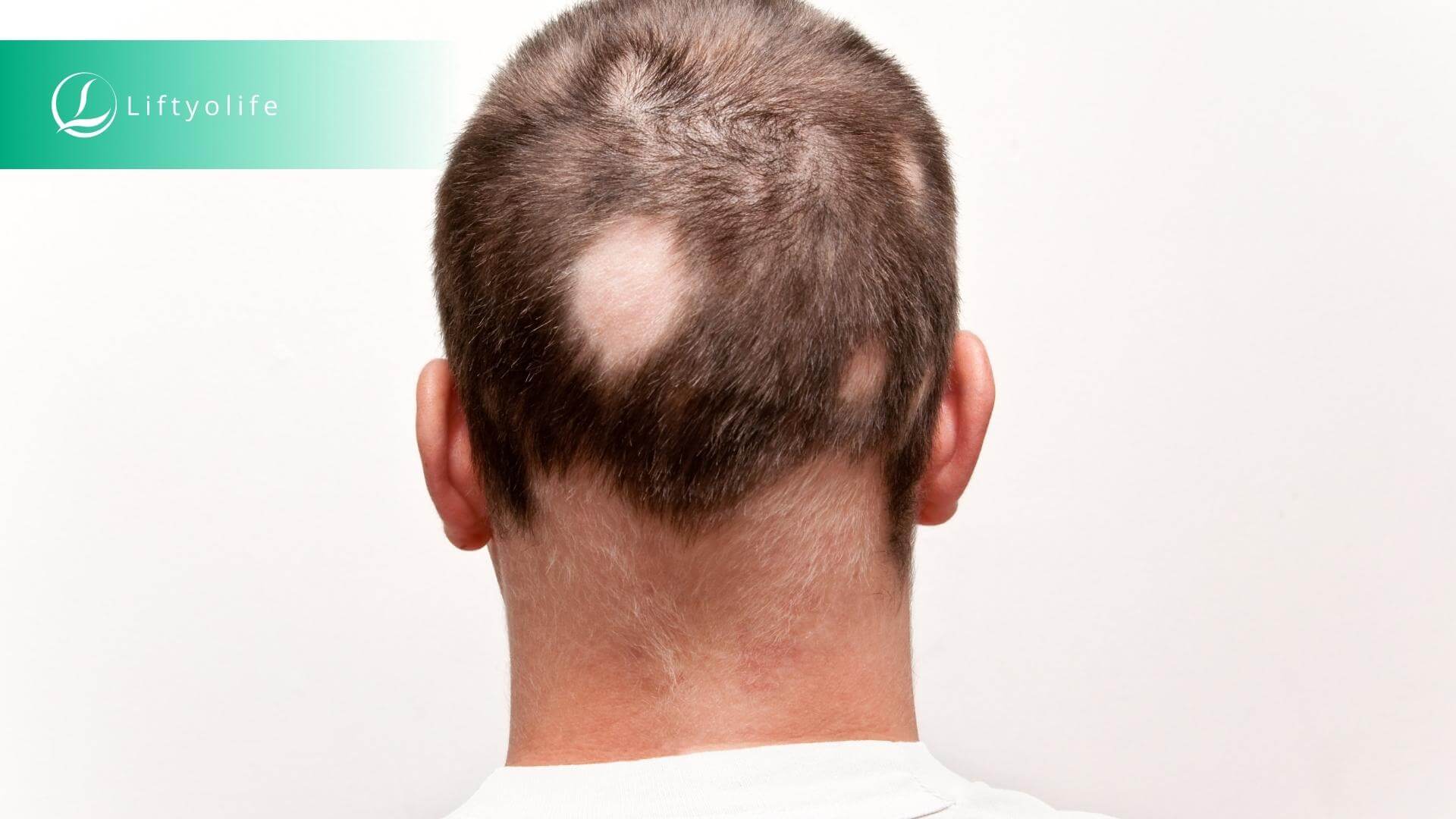
Cicatricial Alopecia
Hair loss is usually not a cause for concern, but it can sometimes indicate a health problem. If you notice that your hair is lost more than usual, please discuss this issue with the doctor. They can diagnose the hair loss causes and create a treatment plan for you. Liftyolife (liftyolife.com) hope this article is useful for our lovely reader.







